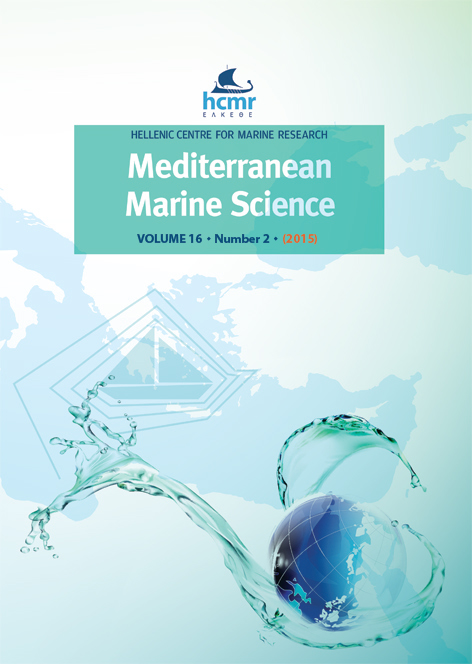Molluscs associated with a Sardinian deep water population of Corallium rubrum (Linnι, 1758)
Abstract
found on the branches of red coral colonies located off Capo Caccia (Alghero – SS, West Sardinia,
Mediterranean Sea) were studied by analyzing red coral branches collected at a depth of between 100 and
120 m; their assemblage was made up of 44 species, all belonging to the classes Gastropoda and Bivalvia.
Some data on the geographical distribution, ecology, taxonomy and dominance of these species, both
alive and dead, are given and the most interesting are commented on. Among the recorded species Trivia
multilirata, Simnia purpurea, Coralliophila brevis, Ocinebrina paddeui, Pleurotomella demosia, Palliolum
striatum and Pseudamussium sulcatum deserve attention. Moreover, the second finding of living
specimens of Asperarca secreta, described only on loose valves, is reported, and finally the prey-predator
relationships among several gastropods and Cnidarians are confirmed.
Article Details
- Come citare
-
CROCETTA, F., & SPANU, M. (2008). Molluscs associated with a Sardinian deep water population of Corallium rubrum (Linnι, 1758). Mediterranean Marine Science, 9(2), 63–86. https://doi.org/10.12681/mms.133
- Fascicolo
- V. 9 N. 2 (2008)
- Sezione
- Research Article
Authors who publish with this journal agree to the following terms:
- Authors retain copyright and grant the journal right of first publication with the work simultaneously licensed under a Creative Commons Attribution Non-Commercial License that allows others to share the work with an acknowledgement of the work's authorship and initial publication in this journal.
- Authors are able to enter into separate, additional contractual arrangements for the non-exclusive distribution of the journal's published version of the work (e.g. post it to an institutional repository or publish it in a book), with an acknowledgement of its initial publication in this journal.
- Authors are permitted and encouraged to post their work online (preferably in institutional repositories or on their website) prior to and during the submission process, as it can lead to productive exchanges, as well as earlier and greater citation of published work (See The Effect of Open Access).















